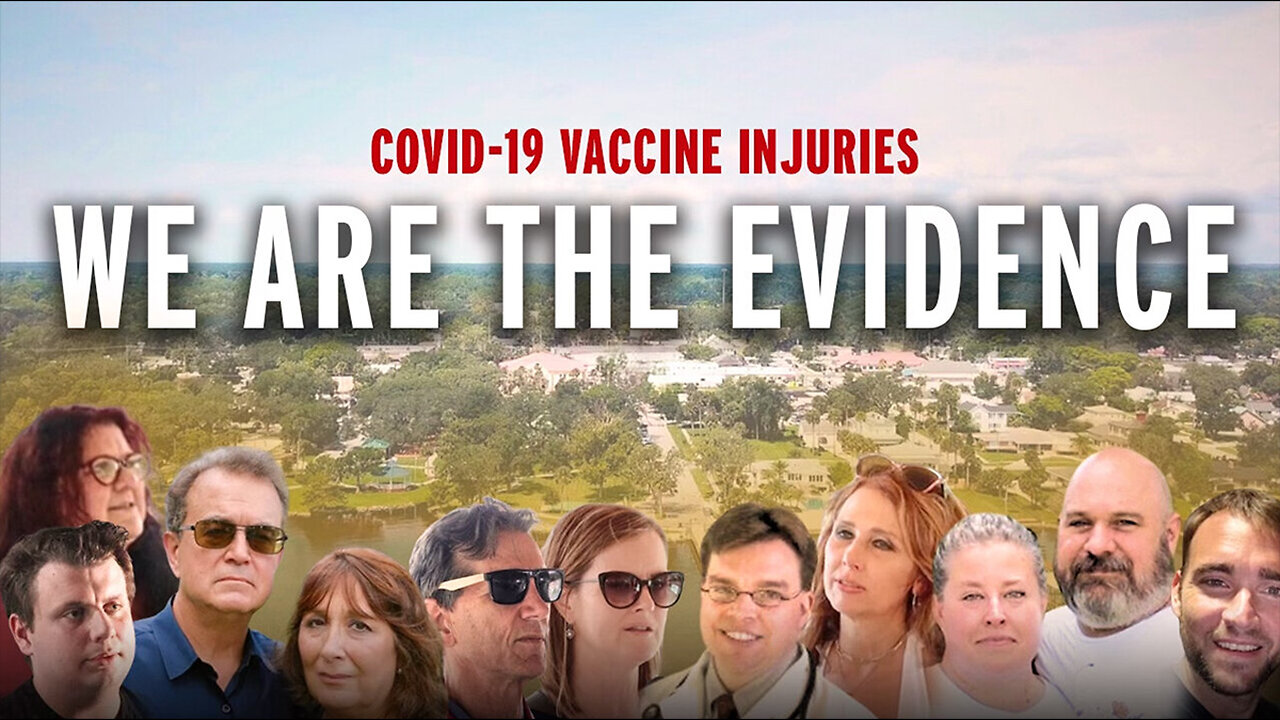Lockdowns, weak evidence
Evidence for non-pharmaceutical interventions such as mass lockdowns was weak. (Not that you could have guessed that easily at the time from government messaging). Research and analysis COVID-19: non-pharmaceutical interventions to reduce transmission https://www.gov.uk/government/publications/covid-19-non-pharmaceutical-interventions-to-reduce-transmission 28 September 2023 Identify and categorise primary studies that reported on the effectiveness of non-pharmaceutical interventions (NPIs), implemented in community settings to reduce the transmission of coronavirus (COVID-19) in the UK. Physical distancing Surface cleaning Face coverings Hand and respiratory hygiene Ventilation Measures to identify and isolate those who are infectious or may become infectious, such as testing and isolation (also known as quarantine) Measures to reduce the number of contacts, including lockdown, settings closures and limitation of social contacts (such as the ‘rule of 6’) Shielding of the most clinically vulnerable Travel and border restrictions Review includes 151 studies (search date: 1 March 2023) Evidence gap map for NPIs https://research.ukhsa.gov.uk/evidence-gap-map-npi-and-covid-19/ Only 19 of the 151 studies reported on effectiveness of measures to reduce infection risk at individual level, of which 14 reported on face coverings. This suggests that there is an evidence gap for other measures within this category, such as hand and respiratory hygiene, ventilation and cleaning (studies that reported on packages of NPIs were excluded). Two-thirds of the evidence identified was based on modelling studies (100 out of 151 studies). There was a lack of experimental studies (2 out of 151 studies) Individual-level observational studies (22 out of 151 studies). On measures aimed to reduce infection risk at individual level The evidence available for this category is therefore likely to be weak, both in terms of study design and potential bias. Studies reporting on travel and border restrictions a weak evidence base in terms of study design. Apart from test and release strategies for which 2 randomised controlled trials (RCTs) were identified, the body of evidence available on effectiveness of NPIs in the UK provides weak evidence in terms of study design, as it is mainly based on modelling studies, ecological studies, (relationship between outcome and exposure at a population level) mixed-methods studies and qualitative studies. For future pandemic preparedness A need to strengthen evaluation of interventions, and build this into the design and implementation of public health interventions, and government policies from the start of any future pandemic, or other public health emergency. The next steps are to critically appraise and synthesise the evidence identified on the effectiveness of individual NPIs, implemented in community settings to reduce the transmission of COVID-19 in the UK. There is also a need to review and assess the evidence on the economic impact of NPIs, as well as their wider impact, including on mental health and health inequalities. For future reports More on harm / benefit analysis


















































